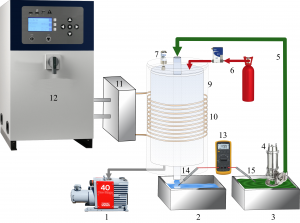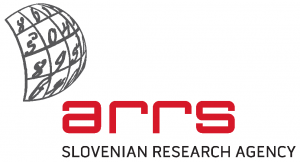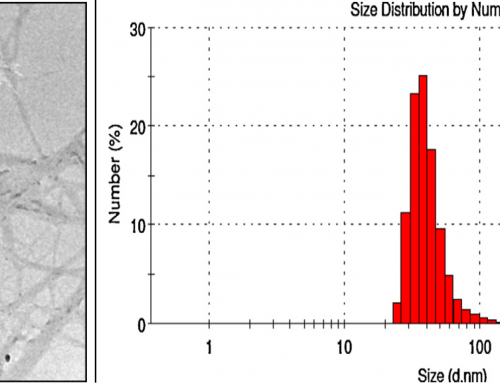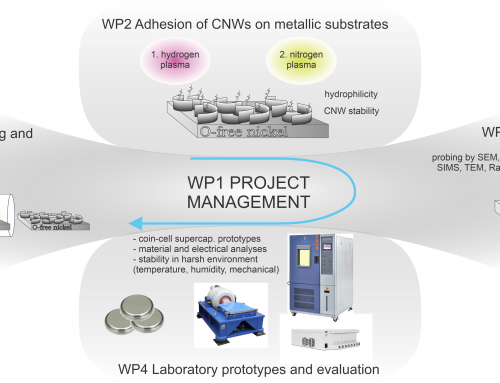Innovative method for purification of wastewater (L2-2617)
Project Leader: Dr Gregor Primc (Jozef Stefan Institute)

A generally accepted theory is that sterilization effect of UV radiation is due to absorption of UV quanta inside microbes what causes bond breaking between atoms in any organic material, destruction of gene material and thus inactivation of any microbe. Best results are obtained in a rather narrow range of UV wavelengths peaking at about 265 nm. Intensive, inexpensive and quite stable sources of such radiation are low-pressure mercury lamps, which provide radiation in the UVC-range at about 254 nm. A breakthrough in sterilization of water will be provided within this project. Our hypothesis, based on preliminary experiments, postulates an indirect effect: VUV radiation is absorbed in water to produce OH radicals, which then interact chemically with microbes, including viruses, to inactivate or destroy them. Instead of standard germicidal wavelength, we shall use a powerful source of VUV radiation in the range between 170 and 200 nm where bond-breaking of water molecules is feasible. Although the lifetime of OH radicals in liquid water is terribly short, the OH radicals will “do the job” because they will be formed evenly in the entire volume of polluted water and even a small dose is lethal for all microbes. A powerful source of UV/VUV radiation will be constructed and tested for inactivation of different viruses (model virus MS2 bacteriophage, Potato virus Y and/or pepper mild mottle virus). Apart from scientific breakthrough, results will be useful for commercialization.






